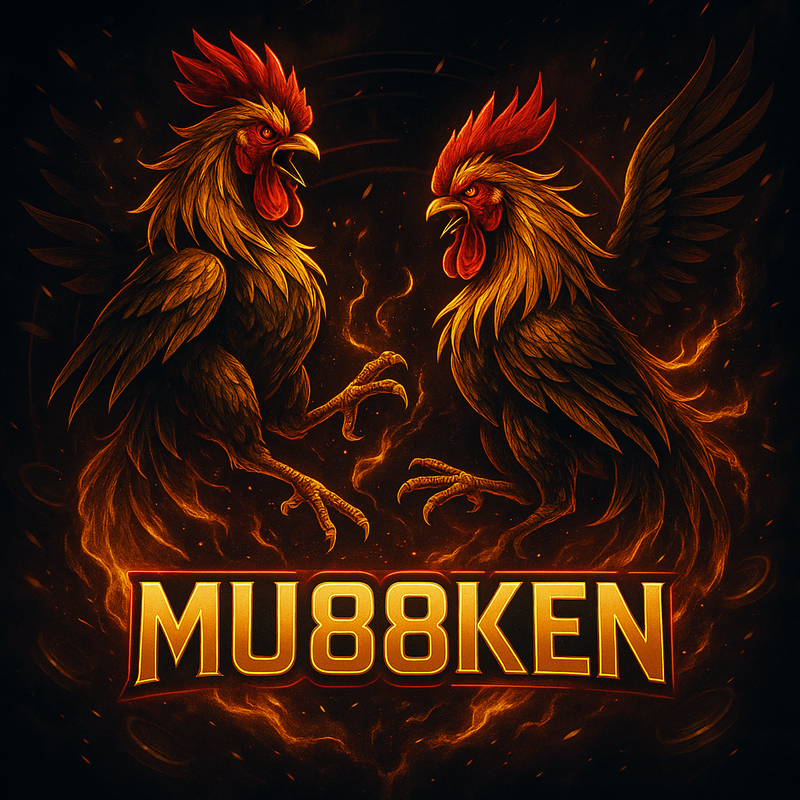The Rituals of Cockfighting: Tradition and Change

The practice of cockfighting, a practice steeped in history, has long been a contentious yet fascinating subject within various cultures around the world. Dating back thousands of years, this ritualistic sport involves two roosters, bred specifically for combat, facing off in an enclosed space. For many, it embodies the spirit of heritage, community, and the complexities of human-animal relationships. Cockfighting has evolved over time, representing beyond a competition; it serves as a window into the values, beliefs, and social dynamics of those who take part in this practice.
As public perceptions shift and legislation evolves, the rituals surrounding cockfighting find themselves at a crossroads. While certain groups cling to this ancient tradition, celebrating its cultural significance, others advocate for animal rights and welfare, challenging the morality of the practice. This tension between preservation and advancement raises significant issues about the future of cockfighting, the importance of heritage in contemporary society, and the ways in which cultural practices must change or face disappearance. Understanding these dynamics offers a deeper insight into the complexities of cockfighting and its place in our constantly evolving world.
Chronological Significance of Cockfighting
Cockfighting has beginnings that can be followed back millions of decades, making it a noteworthy social practice across multiple civilizations. Indications suggests that this sport started in ancient civilizations such as Persia and India, where it was not only a method of enjoyment but also a ritualistic event essential to ethnic background. It quickly spread through commerce pathways, connecting with regions like Greece and the Roman Empire, where it became a admired activity among the nobility and the general public alike. https://mu88ken.com/
Throughout the years, cockfighting has served varied purposes beyond mere amusement. It has been a community activity that encourages community bonding, often paired by festivities and events. This activity was sometimes associated with gambling, which added a layer of excitement and rivalry. Many cultures incorporated cockfighting into their spiritual practices, thinking that the fights of roosters symbolized might, determination, and even heavenly support.
As communities evolved, so did the view and regulation of cockfighting. In some societies, it became a controversial issue, meeting resistance from animal welfare advocates and shifting social perspectives towards animal welfare. However, its significance remains in many regions, with local traditions continuing to flourish and modify to current values, showcasing a nuanced interplay between tradition and the present in the context of cockfighting. MU88
Cultural Practices and Rituals
Cockfighting is steeped in cultural importance that goes beyond mere entertainment. In multiple regions, the competition is often enhanced by cultural music, vibrant textiles, and community gatherings that showcase the social fabric of the society. Competitors and spectators alike engage in ceremonies that show honor for the fowl and the activity itself. Ceremonies often happen before a fight, where owners bless their fowl with prayers and offerings, emphasizing the sacred connection between the roosters and their participants.
The setup for a cockfight is detailed and filled with ritualistic elements. Handlers and owners devote time to grooming their fowl, ensuring they are in optimum physical health. This process often features specific diet regimens, exercise routines, and psychological training. These practices emphasize the bond between the rooster and its owner and demonstrate the pride both take in the cock’s ability. It is frequent to see festive colors and symbols that indicate good fortune, as competitors seek to garner success in the competition.
As this sport changes, so do the related ceremonies. While classic practices remain crucial, contemporary variations have introduced new elements, such as formal wagering systems and the use of digital tools for match documentation. This mix of the traditional and new illustrates how customs can change while preserving their cultural roots. The combination of these rituals serves to strengthen community ties, with each competition becoming a festival of regional identity and heritage in a changing world.
Contemporary Issues and Future Outlooks
Cockfighting deals with significant challenges in the modern era, particularly due to evolving societal attitudes towards animal rights and welfare. Increasing awareness of the ethical implications of animal fighting has led to stronger legislative measures against the practice in many regions. Activism from animal welfare organizations has increased, resulting in public campaigns that challenge the morality of animal fighting and advocate for the humane treatment of animals. As a result, traditional cockfighting events are often met with opposition and regulatory challenges, pushing practitioners to reconsider the viability of their activities.
Furthermore, the rise of digital media has transformed how these events are viewed and conducted. Live-streaming of cockfighting matches can attract a broader audience but may also subject organizers to examination and legal consequences. Participants must navigate new challenges posed by online exposure, as monitoring and enforcement of anti-cockfighting laws have become more effective. This technological landscape forces the community to adapt, finding ways to maintain their traditions amidst increasing opposition and changing regulations.
Looking ahead, the prospects of cockfighting may depend on the ability of practitioners to create new approaches and pivot towards more acceptable alternatives. Some enthusiasts are exploring hybrid formats that focus on breeding techniques or virtual competitions. By transforming practices and aligning with animal welfare standards, there may be a chance to preserve cultural traditions while appeasing modern ethical concerns. Ultimately, the survival of cockfighting will hinge on openness to change and the capacity to promote dialogue with the wider community about its place in modern society.
